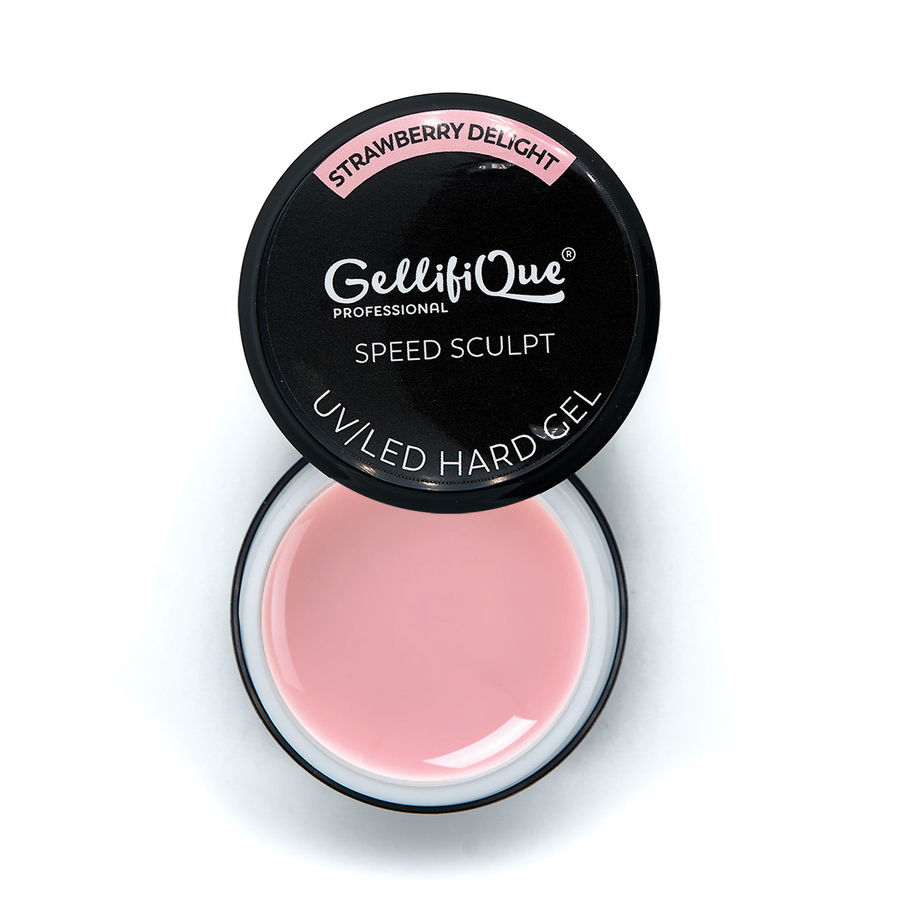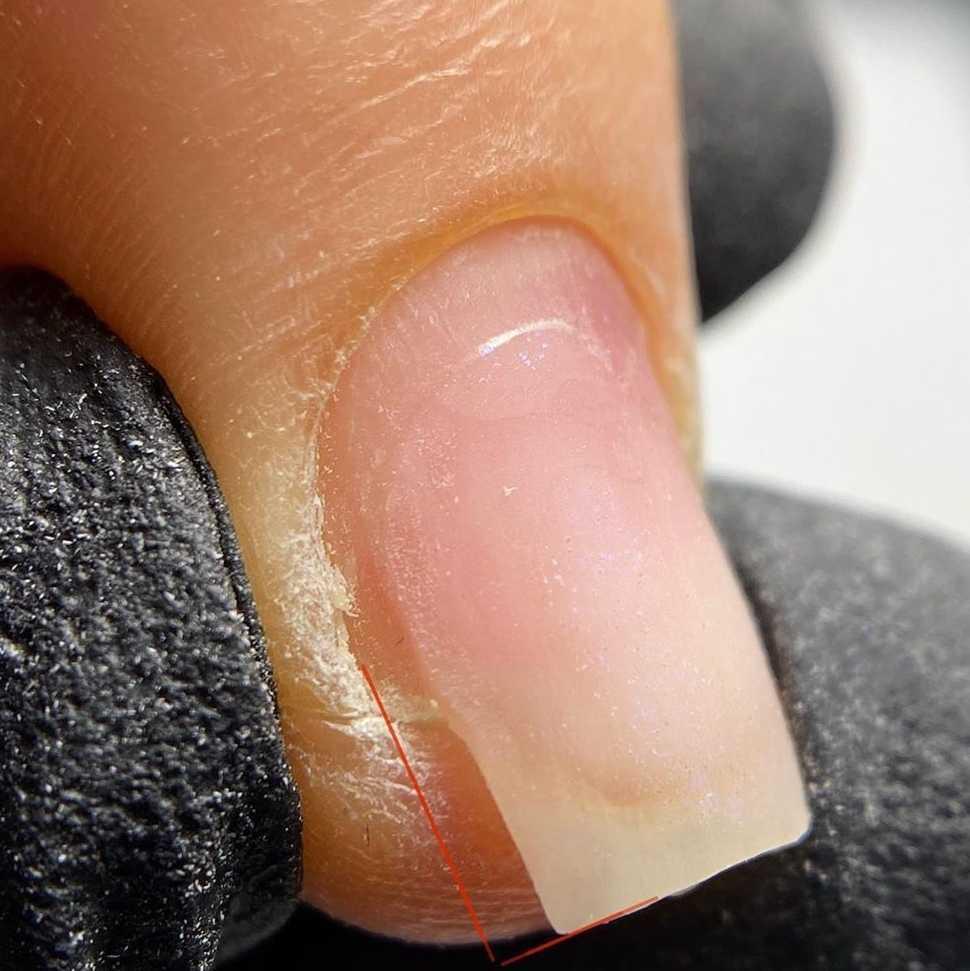Nail Repairs
For nail repairs, it is essential to use a product that is both strong and viscous. The strength ensures that the repair is durable and can withstand daily wear and tear, while the high viscosity allows for precise placement and application. A viscous product can be more easily controlled, enabling it to be applied exactly where it is needed and ensuring it penetrates deep into cracks or damaged areas for a thorough repair.
We offer two product options for nail repairs, and you can choose one based on your preferred viscosity and features. Acrylic Gel has zero heat during polymerization, making it the best option for clients with severely damaged or thin nail plates, which are more likely to experience a high heat spike with classic gel products.
Speed Sculpt is a thixotropic formula, meaning it can be used for both repairs and classic sculpting and extending, with less filling required as the product self-levels. You can learn more about the *thixotropic features *in this blog post.
You are probably wondering why you can't just do nail repairs with a BIAB? Here is a quick guide:
Soak-off gels with a thinner consistency are not ideal for nail repairs, especially on natural nails with a free edge extending beyond 3mm in length. This is due to several reasons:

-
Insufficient Strength: Thinner soak-off gels lack the necessary structural integrity to provide adequate support and reinforcement to damaged or weak nails. Natural nails with a free edge longer than 3mm are more prone to bending and breaking, and a thin gel cannot offer the needed durability to prevent such damage.
-
Inadequate Viscosity: The lower viscosity of thin soak-off gels makes them less effective at filling and adhering to cracks or splits in the nail. For effective nail repair, a product must be able to stay in place and fill gaps securely. Thin gels tend to flow more easily and may not stay put where they are needed, leading to an incomplete or uneven repair.
-
Lack of Support for Long Free Edges: Natural nails with a free edge longer than 3mm require more support due to the increased leverage and stress on the nail tips. Thinner gels cannot provide the robust reinforcement needed to support such lengths, leading to potential breaks or splits.
-
Compromised Longevity: Repairs made with thinner gels are generally less durable. They may not withstand daily activities and environmental factors as well as thicker, stronger gels. This means the repair is likely to fail sooner, necessitating more frequent reapplications and increasing the risk of further damage to the natural nail.
Using a stronger, more viscous gel ensures that the repair will be sturdy, long-lasting, and capable of supporting the natural nail’s length and structure effectively.
Get a free Light Cuticle Oil (30 ml, worth £13.99) with your order over £150 incl VAT. Mix and match any item to reach the minimum order.

STRAWBERRY DELIGHT - £22.50A sculpting gel with thixotropic properties and a mousse like consistency that becomes smooth during application. Quickly correct nail arch / architecture, repair nails or chipped corners and extend with any type of forms. A 100% gel alternative to Acrylic Gel. BUY NOW |
